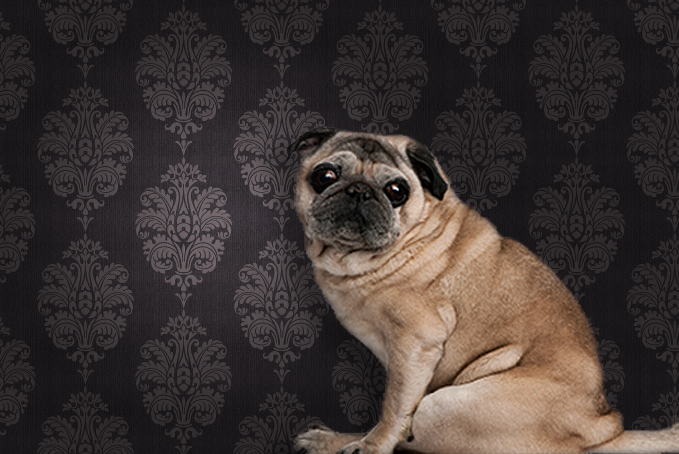At a clinic we often collect samples for lab work. Whether it is blood, urine or feces, people often ask how we get the sample collected. When it comes to urine, there seems to be more mystery around the process. When a doctor recommends for us to get a urine sample for testing, the process taken depends on the type of pet you have. How we collect urine varies between dogs and cats.
Cats there are two typical ways of collecting urine. Our preferred method of collecting urine is by placing a needle directly into the bladder (which means the bladder needs to be big enough), this is often referred to as a cystocentesis collection. This can be collected by gently placing your pet on their side or on their back. The puncture itself doesn’t typically cause a reaction. The reason we prefer this type of sample as it is the most sterile collection, which means if a culture is needed a second sample is not required. There is less chance of bacteria to be introduced into the urine while traveling out of the body.
This process can also be done with dogs for the same reason of sterility. The other method of collection for a cat is to use a special litter called NoSorb. This is a plastic pellet type litter that will not absorb the urine (it is used in a clean litter box with no other litter present) and can be done either at home or in clinic. We often ask if it is alright for your cat to stay with us for a couple of hours to try and get the freshest sample possible. If a collection is done at home we request that it is in as soon as possible or at least put in the fridge. The reason for this is that if the urine is left out for too long it can start to give us false information in regards to bacteria and crystals being present.
Now, if you own a dog there are a couple of collection methods as well. We can do a sterile collection on both male and female dogs, but it is more common on females when indicated. Aside from that a free catch urine is often done. This means that one of our staff members (or you might be asked to collect at home if your pet recently went pee outside) takes your pet out for a walk and hopes for the best to collect the urine with a ladle – the trick is to make sure your pet doesn’t step in the fresh sample. Male dogs also have one other option for collecting a sample, this can be used for a sterile sample as well, and it is to place a urinary catheter directly into the bladder. This requires your pet to lay on their side until the sample is collected. Most dogs are brave souls and tolerate this method really well (even though it makes many men squirm).
I hope that this takes some of mystery out of how we collect a urine sample when requested by the doctor. Although it is fun to think we are magicians, there is usually a simple and not so magical explanation!



